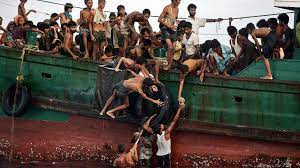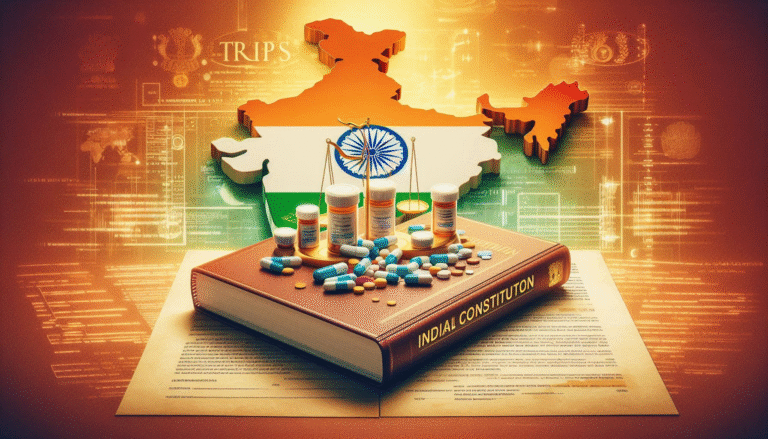
HUMAN TRAFFICKING: THE SOUTH EAST ASIAN SCENARIO

“Human rights are not a privilege conferred by the government. “They are every human being’s entitlement by virtue of his humanity.” -Mother Teresa.
According to the United Nations Office on Drugs and Crime (UNODC), human trafficking is one of the most serious and shameful crimes in the world. It is the world’s fastest-growing criminal enterprise, a $ 150 billion global industry.
In 2021, more than 150 000 people in the Southeast Asian region will become victims of human trafficking. According to UNODC estimates, 38% of trafficking victims are children, 28% are women, and 21% are males. Women make up 72% of sex industry exploitation victims. 37% of traffickers were female, and 63% were men. Within national borders, 43% of victims are trafficked domestically.

According to Asian Society, South Asia includes India, Afghanistan, Bangladesh, Bhutan, Iran, the Maldives, Nepal, Pakistan, and Sri Lanka. India is the fourth-largest center of human trafficking in the world. According to the National Crime Records Bureau (NCRB), there were 2189 cases of human trafficking registered in 2021 as compared to 1714 in 2020, showing a rise of 27.70%.
There are no proper data available for Afghanistan, but the Afghan government reported 550 cases of human trafficking in 2020, but after the COVID-19 pandemic and the Taliban came into power, the trafficking rate increased rapidly due to a shortage of food and other basic necessities. According to UNICEF, in Bangladesh, approximately 3 lakh children and women have been trafficked in India alone in the past 10 years.
Although there are no official statistics on the human trafficking of women and young girls in or outside of Bhutan, Iran also lies on the top 10 human trafficking countries list, the government banned all types of trafficking in 2004 but Afghanistan migrants and citizens of Iran are major victims of it.

With an economy based on tourism and approximately one-third of the population being migrant workers from Bangladesh and India, the Maldives becomes a center of trafficking for both domestic as well as foreign migrants. In Nepal, according to Nepal’s Human Rights Commission, more than 35,000 people are victims of it, mostly engaged in criminal and sex industries. In Pakistan, according to
The US High Commission, the Provincial Police of Pakistan reported identifying 32,022 trafficking cases in 2020 and 19,954 cases in 2019. Sri Lanka is also a hub of human trafficking, which mainly occurs for the purpose of criminal activities and sexual exploration. Above all, the data show that the Southeast Asian region has become a hub of human trafficking around the globe.
According to the report of the international organization Interpol, there are many forms of human trafficking, but at a broad level, we can divide it into five types, i.e., trafficking of women for sexual exploitation, trafficking for forced labor, trafficking for forced criminal activities, trafficking for the removal of organs, and smuggling of people. Nowadays, approx. 80% of trafficking takes place for sexual reasons and approx. 15% for forced labor. Commercialization and commodification of sex become important tools for traffickers.
Human trafficking can affect anyone, regardless of race, nationality, gender, age, or socioeconomic standing. However, some groups are more likely to be the targets of traffickers and fall victim to abusive circumstances. In the Southeast Asian region, youth in their teens is one of the most vulnerable populations, along with temporary migrant workers and Aboriginal women and girls.
There are lots of factors responsible for increasing human trafficking in the Southeast Asian region, i.e., extreme poverty, unemployment, lack of education, inadequate social programs, gender-based inequality, war and conflict situations, globalization, a free market economy, demand for cheap labor, goods and services, commercialization, and the commodification of sex, etc. In the Southeast Asian region, poverty and unemployment are among the most important tools used by traffickers to perform such acts.
“No one asks what they can do to address the root causes of human trafficking—poverty, racism, sexism, discrimination, and homophobia. When people first learn about this issue, understandably, their instinct is to want to help “rescue” people from trafficking—to volunteer at a shelter or go on a raid.” -Emily Pasn Lapchick, UNICEF USA
Almost all Southeast Asian countries have banned all types of human trafficking, but because of a lack of laws, cyber trafficking or virtual trafficking becomes the most challenging for the government because the state mechanisms are not sufficient to even track it due to the use of VPN by traffickers.
Lack of police investigation, according to NCRB data, in India, police filed charge sheets in 84.7 percent of the 2,189 cases registered under the Anti-Human Trafficking Units (AHTUs) across the country in 2021, but only 16 percent of the cases resulted in convictions.

Lack of investigation by police in humans Lots of cases even doesn’t register at the police station. Some of the cases that register in the police station that case doesn’t investigate properly by the police. This type of police work does morally boost the trafficker.
Lack of rehabilitation, the major victims of human trafficking are sexual exploitation and forced labor because, due to poverty and unemployment, the government doesn’t have much of a plan for the rehabilitation of victims. Those who recover from trafficking are again forced to enter the industry due to a lack of rehabilitation
Governmental entities, non-governmental organizations, civil society, pressure groups, and international authorities must all play a significant role and collaborate to combat trafficking because it violates the human rights and human dignity of the victims.
The government, the media, and educational institutions should all work to spread awareness of it; the special focus should be placed on teaching society’s most vulnerable citizens. South Eastern countries have several anti-human trafficking laws, but none of them is comprehensive and addresses both the protection of victims and all types of trafficking.







